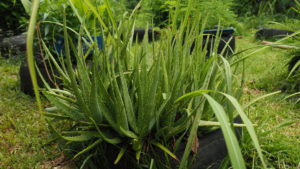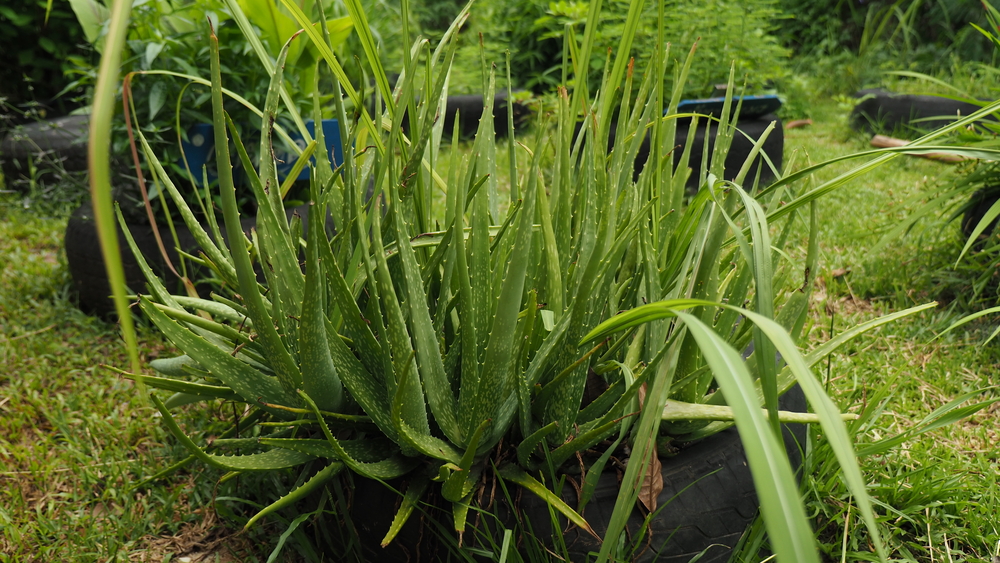 A wide variety of houseplants play a number of useful roles in our home environment. Not only do they provide visual interest, but these beauties also help purify the air in our abode and may even be edible or offer medicinal benefits. However, even commonly grown houseplants like the aloe vera (which is a kitchen staple) could be dangerous. Toxic houseplants can be a serious hazard not only to our kids but to our beloved pets, too. While it’s advisable to keep all of them out of reach, we know how it’s not always possible to prevent all possible accidental encounters at home.
A wide variety of houseplants play a number of useful roles in our home environment. Not only do they provide visual interest, but these beauties also help purify the air in our abode and may even be edible or offer medicinal benefits. However, even commonly grown houseplants like the aloe vera (which is a kitchen staple) could be dangerous. Toxic houseplants can be a serious hazard not only to our kids but to our beloved pets, too. While it’s advisable to keep all of them out of reach, we know how it’s not always possible to prevent all possible accidental encounters at home.
5 Common Houseplants that are Toxic to Dogs
Not all garden centers provide warning labels on their potted plants. Before you buy any houseplant, learn which ones can pose the biggest danger to the more vulnerable members of your family.
- Aloe Vera. Regarded as a great medicine in treating burns, this plant is actually very poisonous to dogs when ingested. Its known toxins are chrysophanic, saponins, and antraquinone glycosides. Signs of aloe poisoning include vomiting, tremors, diarrhea, accelerated defecation, change in urine color, lethargy, depression, contact dermatitis to nose, mouth, throat, and face, and anorexia.
- This plant, which is well-liked for its attractive trumpet-like blossoms, is another common houseplant that is poisonous to dogs and even to cats and humans. It has naturally occurring poisons called the cardiac glycoside toxins which could kill when ingested in large amounts. Signs of foxglove poisoning include drooling, vomiting, nausea, dilated pupils, irregular heartbeat, and cardiac arrest.
- Quite common as an ornamental plant in many homes, Amaryllis is also among the most toxic plants for dogs. The leaves, stems, and bulbs (which have the most toxins) have phenanthridine alkaloids that can trigger hypotension, vomiting, and respiratory depression. Ingestion of poison in large amounts can cause a dog’s central nervous system to collapse, resulting in paralysis and even death. Other symptoms of Amaryllis poisoning include diarrhea, abdominal pain, tremors, drooling, hyper-salivation, shivering, tremors, lethargy, and anorexia.
- Famous as a container and garden plant, Begonias are another toxic plant that dog owners have to watch out for. Its tubers (which have more poison than the rest of the plant’s parts) have a toxic compound called oxalates that can irritate a dog’s mouth and stomach if ingested. Signs of Begonia poisoning include intense burning sensation in the mouth, tongue, and throat, vomiting, excessive drooling, and difficulty swallowing.
- Castor Bean. Popular for landscaping, this plant has toxic glycoproteins called ricin and ricicine which when ingested even in small amounts can already be life-threatening. Signs of castor bean poisoning include excessive thirst, drooling, abdominal pain, diarrhea, vomiting, loss of appetite, weakness, tremors, muscle twitching, seizures, coma, and death.
The other five poisonous houseplants that would complete this list include the elephant ears, grapes, monkshood, cyclamen, and lilies. Keep in mind that the severity of your pooch’s reaction will primarily depend on the size and breed of your dog as well as on how much of the toxic part of the houseplant was swallowed. If you suspect that your little furball has ingested any of the abovementioned plants, waste no time and contact your vet immediately. To learn more about specific information in regards to plant toxicity, you may reach out to ASPCA Animal Poison Control Center at 888-426-4435 for assistance.





















